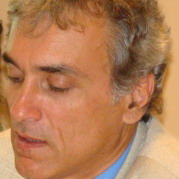Short history
The Brașov experimental forest resort was founded by Professor Alexandru Săvulescu in 1949, a year after the Faculty of Forestry and Forestry moved to the town at the foot of the Tâmpei.
Alexandru Săvulescu laid the foundations of the Braşov Experimental Forestry Station with the clairvoyance of the pragmatic forestry engineer, convinced of the socio-professional, cultural and economic conditions of Brașov, the university center located in the “geographical heart” of Romania and surrounded by an extensive, valuable and representative forest fund.
Under the careful and competent supervision of Professor Alexandru Săvulescu, the Brașov Forestry Experimentation Station took its first steps in the period 1949-1953, performing seed analyzes for the production units and collaborating, annually, with the Institute for Research and Experimentation in Forestry, approximately 10 research topics.
In 1953 the Resort is taken over by ICEF, together with its three experimental points: Sinaia, Brașov (Noua) and Sibiu, being led by engineer T. Văetuş.
A beneficial event, which marked the entire evolution of the Braşov Resort, was the taking over, in 1957, of the management of this resort by Dr. Eng. Ilarion Vlase. Both during the periods when he was head of the resort (1957-1961 and 1973-1974), and during the period when he was the head of the research team (1961-1986), Dr. Ilarion Vlase proved to be a model of conscientious work and passionate, a high-class researcher, a prominent personality in the field of forest seeds and forestry, a leader with special diplomacy, a promoter of the new, who made his decisive contribution to:
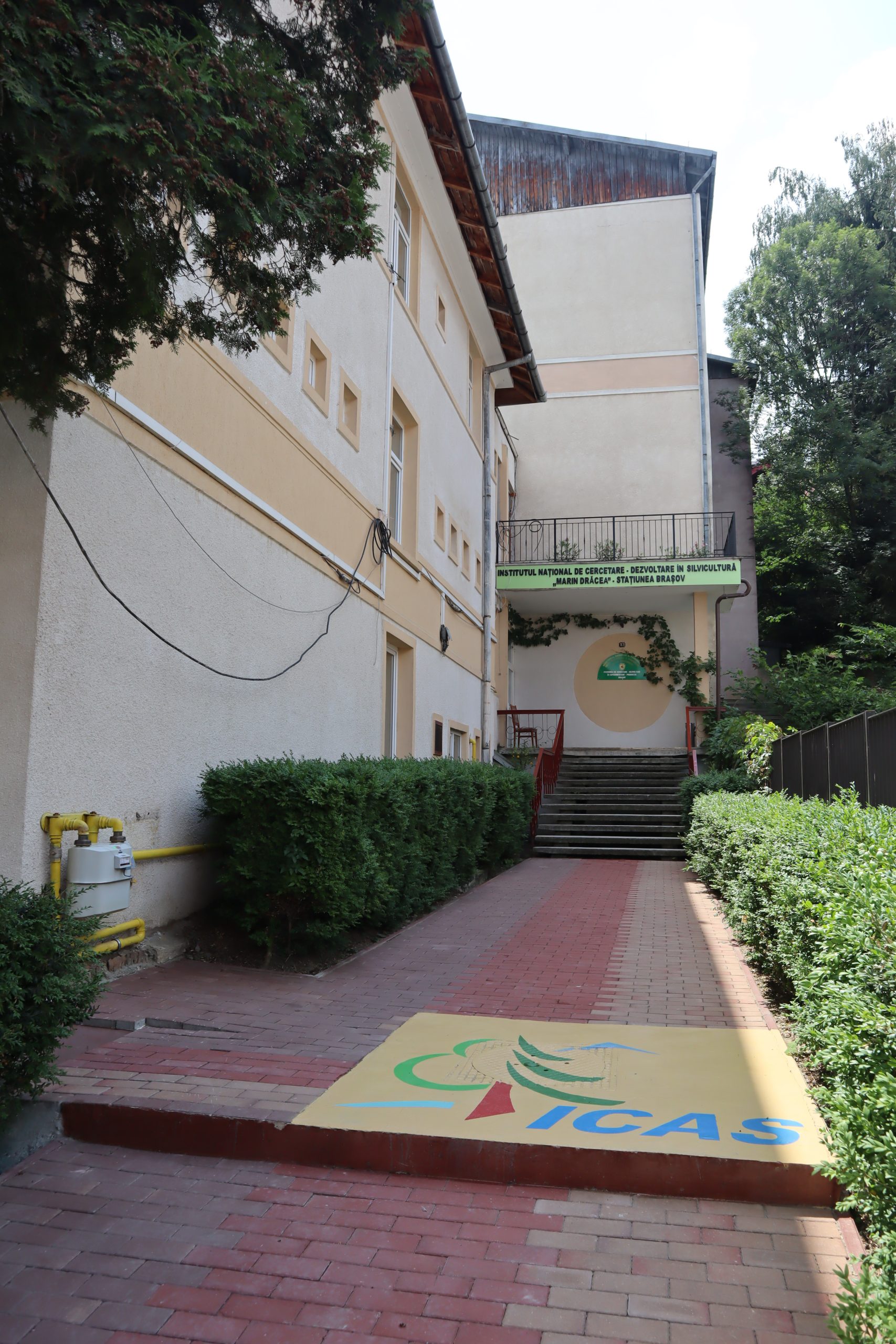
- Construction of the current headquarters (1957-1960);
- Setting up a republican center for the conservation of resinous seeds (1961-1965);
- The takeover in 1957 of the Braşov Experimental Point of the Research Institute for the Mechanization of Forestry and Forest Exploitation and the expansion in 1958 of the forestry mechanization laboratory;
- Coordination of the activity of a rich network of experimental points in Braşov (1955-1960), Sinaia (1955-1960), Sibiu (1955-1960), Borsec (1958-1962), Sighişoara (1959-1961), Măneciu (1960-1962) , Intorsura Buzăului (1950-1962) and Gurghiu (1958-1962);
- Ensuring the material base and development of “Seed Control”, “Forest Protection” and “Forest Culture” laboratories;
- The establishment in 1963 of a “Game Economy and Fish Culture” laboratory;
- Establishing, equipping and furnishing genetics, physiology-biochemistry and “in vitro cultures” laboratories with modern equipment, building a greenhouse, equipping research and awarding 4 scholarships for specialization abroad through the technical assistance project UNDP (FAO)-ROM/ 76/014.
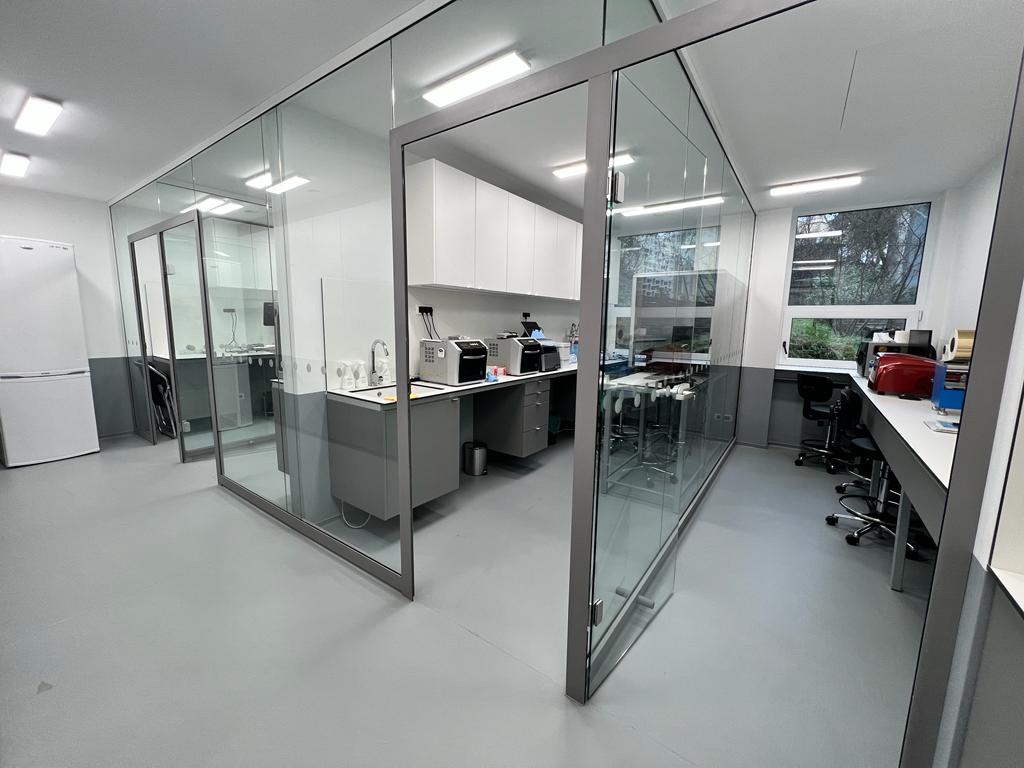
Currently, SCDEP Brașov has become an international focal center, a reliable partner and a member of prestigious professional networks. In 2021, the first one was established Laboratory of Genetics and Genomics for wild fauna species, equipped according to the latest international standards, INCDS Marin Drăcea / SCDEP Brașov being part of the international network (G-BIKE COST Action, GEOBON, Coalition for Genetic Conservation), which developed the genetic diversity monitoring indicators adopted by Convention on Biological Diversity (CBD) at COP15. Within the Station, experts work who either coordinate groups of specialists from IUCN (WCPA Group of Specialists in Connectivity and Conservation) or are part of IUCN groups (SSC Group of Specialists in Genetics and Conservation), within LTER, ICP-Forests and IUFRO.
Organization
At the moment, SCDEP Brașov has 115 employees, of which 47 work in Research, 37 in Forest Management, 8 in Design-Investments, 4 in Cadastre-GIS, 3 in the Soil Laboratory, 6 in the National Forestry Inventory and 10 in the Experimental Bases .
The Research-Development and Experimentation-Production Station is a mixed subunit having in its structure:
- two research collectives;
- three Development collectives;
- a collective of the National Forest Inventory (IFN);
- Săcele Experimental Base.
The personnel structure of SCDEP Brașov is as follows:
- Research:
- Research Section: 7 senior researcher, 7 junior researcher, 4 researcher, 5 researcher trainee, 1 engineer, 6 technicians.
- Department of Cinegetics: 4 Senior researcher, 4 Junior researcher, 3 Researcher , 1 Researcher trainee, 1 eng. + 3 sing.
- Development Section:
- Forest Management Team: 5 technological development engineers first degree, 2 Technological development engineer II, 16 Technological development engineer III, 5 engineers, 1 single, 7 technicians, etc.
- Design-Investment department: 1 Technological development engineer, 2 Technological development engineer III, 1 engineer, 1 tech. etc.
- GIS team: 1 Technological development engineer, 1 Technological development engineer III, 1 engineer, 1 tech.
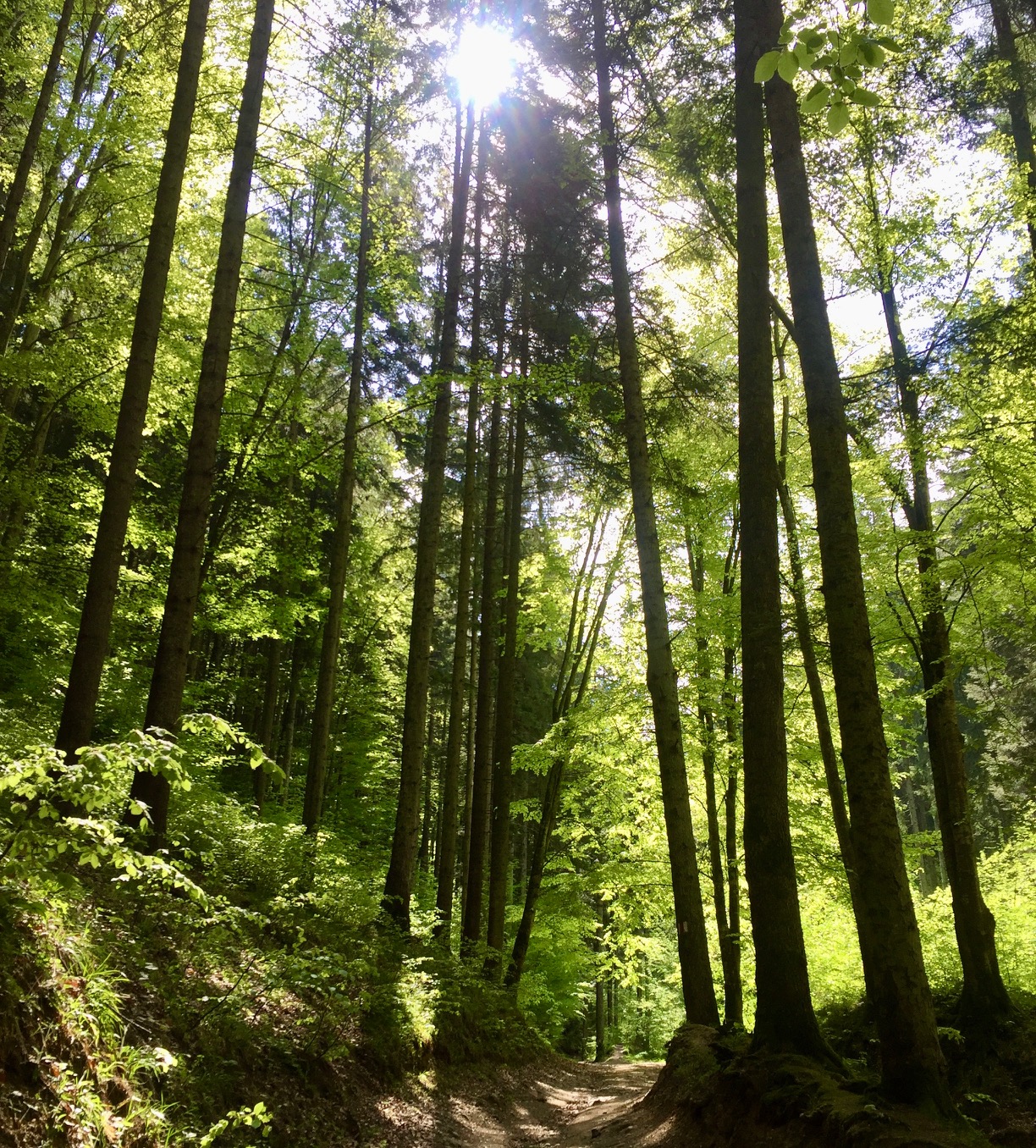
- IFN Office: 2 Technological development engineers, 4 eng.
- Pedology laboratory: 1 eng.chim., 2 tehn.
- Experimental Base: 3 eng., 2 tehn., 4 forester rangers, 1 forester etc.
Activities
Research within SCDEP Brașov is carried out in several collectives as follows:
The team specialized in dendrometry, auxology, monitoring and forest management has the following directions and objectives:
- Assessing and analyzing the actions of climate change and environmental quality and socio-economic factors on forest ecosystems.
- The dendrometric and auxological foundation of the information system for the establishment of forest management plans.
- Knowledge of the ecological behavior of forest species in normal and modified environmental conditions.
- Optimizing stand care operations and regeneration cuts;
- Technological transfer to increase the economic competitiveness of the forestry sector;
- Development of complex technical solutions regarding the sustainable management of forests;
- Optimizing the structure of the stands through appropriate care and management works;
- Evaluation and monitoring of pollution with phytotoxic agents;
- Forest health monitoring.
The team specialized in forest ecology has the following directions and objectives:
- Study of the influence of climate changes on forest ecosystems;
- Analysis of the structure and dead wood in virgin forests, compared to forests covered with silvotechnical works;
- Monitoring and conservation of monumental trees;
- Assessing the health and stability of trees in green areas and forests
- Assessing and monitoring the biological diversity of forest ecosystems.
- Study of forests with high conservation value;
- Analysis of the organic carbon stock in forest soils;
- Carrying out impact studies regarding the harvesting of non-timber forest products;
- Pedo-stationary studies for the foundation of afforestation solutions.
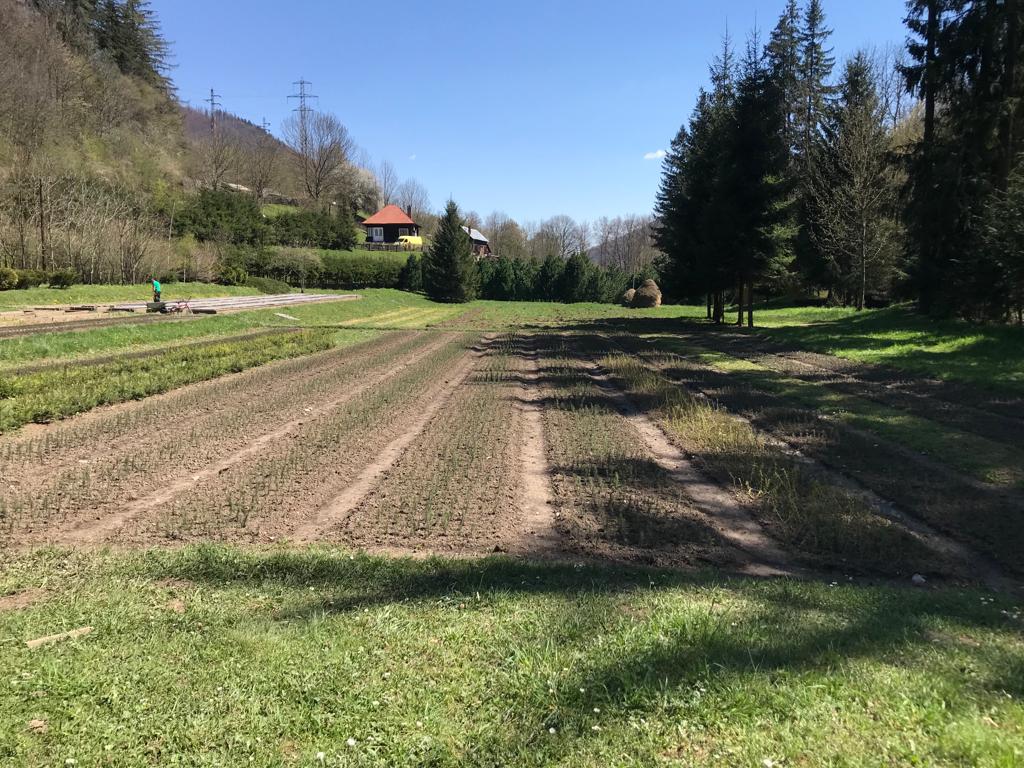
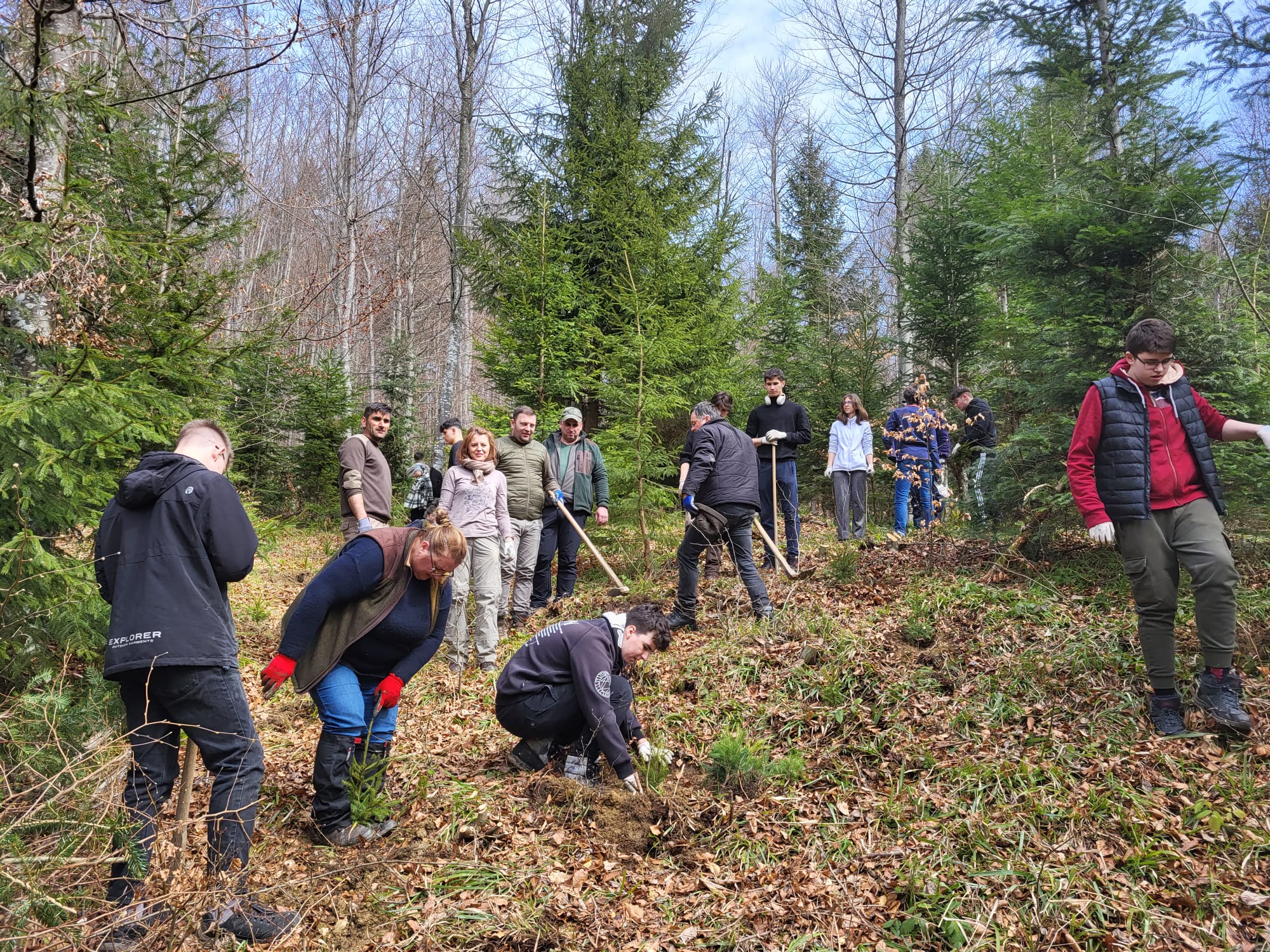
The team specialized in forest genetics has the following directions and objectives:
- Analysis of the genetic diversity of the main forest tree species in order to improve their productive, adaptive and protective capacities;
- Improving trees and increasing the resistance of stands (especially spruces) to the action of destabilizing abiotic factors through the selection of valuable genotypes tested in comparative cultures of provenance;
- Conservation of seeds and seed source stands and quality analysis of forest seeds and technical assistance for sampling seed lots for export; the conservation of resinous seeds (spruce, Scots pine, larch and Douglas fir), coming from the plantations and arboretums that are seed sources throughout the country, in a specialized center;
- Update of the database regarding seed source stands.
The collective specialized in forest protection has the following directions and objectives:
- Improving the methods of identifying, monitoring, preventing and combating forest diseases and pests;
- Study of detection, prevention and control methods of the main pests of resin trees (stem pests and defoliators);
- Disease management of forest ecosystems and woody plants;
- Promotion of new methods of biological or ecological control of harmful organisms;
- Identification of forms of tree resistance to pathogenic fungi;
- Manipulation of truffle symbioses;
- Study of edible and/or medicinal mycorrhizal fungi.
The collective development of torrential hydrographic basins the following directions and objectives:
- Monitoring and promoting technical solutions in order to increase the efficiency and operation of hydrotechnical works;
- Monitoring and evaluating the state of hydrotechnical works to correct torrents;
- Hydrological modeling in the context of various scenarios (climatic, socio-economic, land use change) for a better understanding of the risks associated with climate change and the identification of the best resource management options;
- Establishing solutions for the integrated management of torrential watersheds;
- Research on the hydrological processes that take place within the small watersheds, predominantly forested, located in the mountain area;
- Design of hydrotechnical works for torrential hydrographic basins;
- Technical assistance regarding the execution of works to correct torrents, forest roads and protective forest curtains;
- Elaboration of water management opinions and hydrological studies;
- Development of a new cross-sectoral framework for nexus integration in the arena of climate services for the development of cross-sectoral policies in the context of current challenges (climatic, socio-economic and environmental);
- Developing climate services to support and guide decision makers in achieving resource sustainability;
- Co-creation with local and regional decision-makers of sustainable policies for integrated resource management;
- Ecological solutions for the management of torrential beds located in protected areas;
- Development of the engineering project for the management of torrential watersheds based on hydrological modeling;
- Preparation of technical-economic documentation and provision of technological services for the afforestation of degraded lands and the establishment of forest protection belts;
- Assessing the vulnerability of water resources in the context of climate change and land use change scenarios in order to identify the necessary measures to ensure their availability over time;
- The development and implementation of a monitoring system for the development of torrential beds in Romania;
- Development of ecological solutions to combat torrentiality (especially for protected natural areas);
- Identification of structural and non-structural measures and works for integrated flood risk management;
- Hydrological modeling for the purpose of developing climate services for the water – energy – land – food complex;
- Studies on the accessibility of the forest fund.
The team of the Cynegetics Section has the following directions and objectives:
- The development and implementation of genetic and genomic monitoring techniques within fauna populations to ensure the long-term conservation of species in Romania;
- Development and implementation of molecular ecology and landscape ecology methods for conserving connectivity and ecological networks and biodiversity;
- Scientific substantiation of intelligent solutions for digitizing hunting management and ensuring a rapid response to societal challenges and climate change
- Reducing the impact of transport infrastructure on the movement of species by implementing state-of-the-art techniques (virtual fence, AVC);
- Elaboration of conservation policies and environmental strategies to ensure sustainable development;
- Elaboration of studies on the ecology and ethology of species with the potential to transfer the results into practice;
- Development and implementation of mammal species reintroduction techniques;
- Management of species of cynegetics and conservation interest;
- Management and ecological reconstruction of riparian habitats;
- Elaboration of management and action plans for species and protected natural areas;
- Increasing the hunting and fishing potential through intensive breeding and the development of technologies for reproduction and breeding in captivity of species of hunting interest and salmonids in order to repopulate hunting grounds and mountain waters;
- Conflict management with wildlife populations in the context of societal development;
- Consultancy, technical assistance and impact studies on wildlife in Romania;
- Solutions for management and management of household waste in conflict areas with carnivore populations.

The Forest Management Section carries out:
- forestry facilities for the forest fund, public property of the state;
- forestry facilities for natural and legal persons;
- GIS projects and thematic maps for forest management and research projects;
- topographical measurements;
- cadastral documentation for registration in the cadastre and land register records;
- additional studies to update the provisions of forestry facilities;
- memoranda presenting the arrangements for the adequate evaluation of the potential effects on the protected natural areas of community interest;
- appropriate assessment studies and environmental reports of the potential effects of forestry on the protected natural areas of community interest;
- studies to identify virgin or quasi-virgin forests
- studies on high conservation value forests;
- studies on biodiversity, ecological corridors for habitats and species,
- inventory and mapping studies of higher plant species and habitats of national and community interest;
- studies to assess the state of conservation of forest species and habitats;
- development of monitoring plans for forest species and habitats;
- establishment studies have forest curtain rehabilitation.
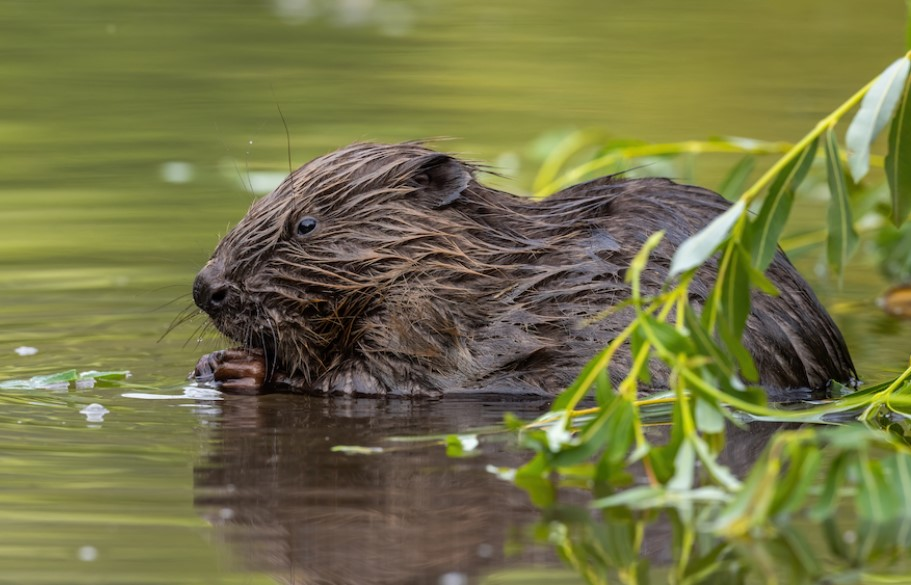
The I.F.N office carries out the national forest inventory within the Brașov, Covasna, Harghita, Mureș, Sibiu counties.
Săcele Experimental Base:
- Its basic activity is the activity of experimentation – production, unique in Romania, because:
- experimentation is a basic component of scientific research activity
- production is a component of the management and administration activity of the forest fund that is subject to the forestry regime.
- As the administrator of the forest fund and of the application and testing of research, before being generalized at the level of the national forest fund, he must comply with forestry legislation as well as that in the field of research, innovation and technological transfer
- The surface of the forest fund is the public property of the state, managed by I.N.C.D.S. “Marin Drăcea”, through the Săcele Experimental Base, is 2487.24
- The entire area administered by the Săcele Experimental Base is fully included in functional group I, in order to fulfill the hydrological function, to protect the land and to preserve the biodiversity of species and habitats in the area. The majority function is I.1C (1765.73ha), stands that received this function with the main objective being the protection of the Tărlung reservoir.
- The social-economic and ecological objectives of the management and administration of the forest fund reflect the demands of society regarding the nature of the products obtained and the protection services provided by the forest, namely:
-
- Water protection
- Land and soil protection, special conservation services
- Fulfilling the functions of protection of social objectives
- Protection of the gene pool and the forest eco-pool
- Wood production
- Other non-wood products
- Protection of the forest fund and control of the movement of wood
- Protection of the forest fund
- Afforestation, regeneration and restoration of the forest fund.
- The production of saplings for afforestation and restoration of the forest stock.
Research-Development infrastructure and services
Infrastructure :
- Equipment for carrying out genetic and genomic analyzes in the Animal Genetics Laboratory from the equipment of the Hunting Section: plate enfoliator/defoliator (HJ Sealer HJ Bioanalytik GmbH), bead mill (Domel Millmix 20 Bead Beater), DNA extractor (Hamilton Microlab STARlet), DNA extractor (Promega MaxWell 16), freezer (5 pieces) , shaker (3 pieces – MicroSpin 12 Biosan), spinner (CombiSpin FVL 2400N), thermoshaker (Thermo-Shaker TS-100C), vortex (4 pieces – Vortex V1), thermo block (4 pieces – Thermoblock Grant QBD4), centrifuge plates (Gene Plate Centrifuge), PCR machines (9 pieces Kyratec Labcycler and Sensoquest Labcycler), pipetting robot (Hamilton Microlab Prep), PCR hood (Aura Mini Laminar Flow Cabinet), sequencer (Beckman Coulter GenomeLab GEXP), sequencer (Genetic Analyzer 3500XL Thermo), sequencer (Genetic Analyzer 3500 Thermo) and other small-sized equipment.
- Equipment for carrying out data collection activities regarding the species of hunting interest in Romania from the equipment of the Hunting Section: GPS collars, capture and transport cages, transport trailer, tools for reconditioning bridges, road transport infrastructure, virtual fences to mitigate the impact of transport infrastructure, systems of the AVC type to reduce the mortality of fauna species, GPS devices.
- The digital infrastructure for data collection, storage and processing provided by the Hunting Section: mobile applications for data collection, mobile application for genetic analysis laboratory management, digital platform for genetic database management, digital platform for hunting management and the reporting process of damage, accidents and human-wildlife incidents.
- Specific equipment for the soil laboratory and for forest ecology studies: specific equipment for the analysis of the physical properties of the soil and for the analysis of soil and vegetation chemistry, climate sensors, equipment for physiological measurements, sound recorders, etc.
- Equipment specific to the forest seed analysis laboratory and forest genetics studies: seed conservation center, seed processing equipment, greenhouse with heating and watering facilities, germinators, etc.
- Specific equipment for forest protection laboratories (entomology; phytopathology and mycology): air-conditioned growth chambers, sterilizers / autoclaves, sterile hoods, incubators, refrigerators, microscopes, etc.
- Equipment specific to biometrics studies and measurement activities: specific biometric data collection devices (clupe, VERTEX V); modern monitoring devices (LiDar Terrestru GeoSlam system, Drone with Multispectral sensor and positioning in RTK system); non-destructive systems for determining increases in wood resistance and moisture (RINNTECH SC500 Resistograph, moisture meter); Li-Cor soil gas flow measurement system; high-capacity scales for determining the mass of trees in the field (KERN HFC 5T-3 – capacity 5000 kg and WLC 60/120/C2/R – capacity 120 kg); equipment specific to field data collection (tablets, GPS systems).
- Equipment specific to activities related to studies, observations and measurements regarding the development of hydrographic basins: automatic equipment for recording climatic data, etc.
- Long-term experimental areas regarding: silvicultural treatments (185.87 ha), care works (3.06 ha), improvement Arboretum (6.14 ha), comparative crops (17.92 ha), forest protection (12, 6 ha), forest monitoring (7.83 ha), genetic resources (85.13 ha) and the biology and ecology of mammal species (104.16 ha), located on the territory administered by the Săcele Experimental Base.
- A nursery intended for long-term experiments on the behavior of beech, larch, fir, spruce genotypes, as well as the production of forest saplings, with an area of 10.29 ha.
- A nursery intended for the experimentation of mountain genotypes and the production of ornamental seedlings, with an area of 0.7 ha.

Research Services:
- Genetic analysis of biological samples in order to determine genetic parameters for mammal species in Romania.
- Assessing the degree of fragmentation, functional connectivity of ecological corridor networks and establishing measures to rebuild connectivity and reduce the impact of transport infrastructure.
- Consultancy, technical assistance and impact studies on wildlife in Romania.
- Solutions for management and management of household waste in conflict areas with carnivore populations.
- Studies on the ecology and ethology of wild fauna species with the potential to transfer the results into practice.
- Risk studies, technical assistance, analyzes on the detection / identification, prevention and control / management of the main diseases and pests of softwoods (stem pests, defoliators, diseases, etc.) and hardwoods (diseases and insect pests).
- Pedo-stationary studies for the foundation of afforestation solutions.
- Assessing the health status and stability of trees in green areas and urban forests.
- Update of the database regarding seed source stands.
- Assessing and analyzing the actions of climate change and environmental quality and socio-economic factors on forest ecosystems.
- Assessment and monitoring of pollution with phytotoxic agents.
- Water balance research in torrential watersheds.
- Development of innovative solutions for the complex management of torrential watersheds.
- Modeling exercises to simulate various land management options in torrential watersheds.
- Studies on the resources of medicinal plants, berries and edible mushrooms of the forest floor.
- Studies on the existing carbon stock and annual absorption capacity of forest ecosystems under the influence of forest management and climate change.
Development Services:
- Design and technological transfer for afforestation/ecological reconstruction of degraded lands, development of torrential hydrographic basins, construction of protective forest curtains, forest roads, etc.
- Adequate environmental impact assessment studies.
Contact
Brașov Research-Development and Experimentation-Production Station
Address
str. Cloșca no. 13, Brașov, Brașov county, postal code 500040
Telephone/Fax
0268-419936
brasov@icas.ro
Station Director
Senior researcher I Dr. Tudose Nicu Constantin
nicu.tudose@icas.ro
Head of Research Section
Senior researcher I Dr. Chira Dănuț
danut.chira@icas.ro
Head of Cynegetics Section
Senior researcher I Dr. Ionescu Georgeta Maria
georgeta.ionescu@icas.ro
Head of Development Section
Technological development engineer Lazăr Ervin Gabriel
ervin.lazar@icas.ro
Accountancy
Eq. Herghelegiu Ștefania – Chief accountant
stefania.herghelegiu@icas.ro
Acquisitions
Th. pr. Beșchea Ovidiu – Purchasing Manager
ovidiu.beschea@icas.ro
Săcele Experimental Base
Address
str. Ogrăzii, no. 22, Săcele, Brașov county, postal code 505600
Telephone/Fax
0268-276145
sacele@icas.ro
Chief Engineer Săcele Experimental Base
Eng. Durdu Moise Cosmin
moise.durdu@icas.ro
Accountancy
Eq. Herghelegiu Ștefania – Economist
stefania.herghelegiu@icas.ro
Acquisitions
Th. pr. Beșchea Ovidiu – Purchasing Manager
ovidiu.beschea@icas.ro



